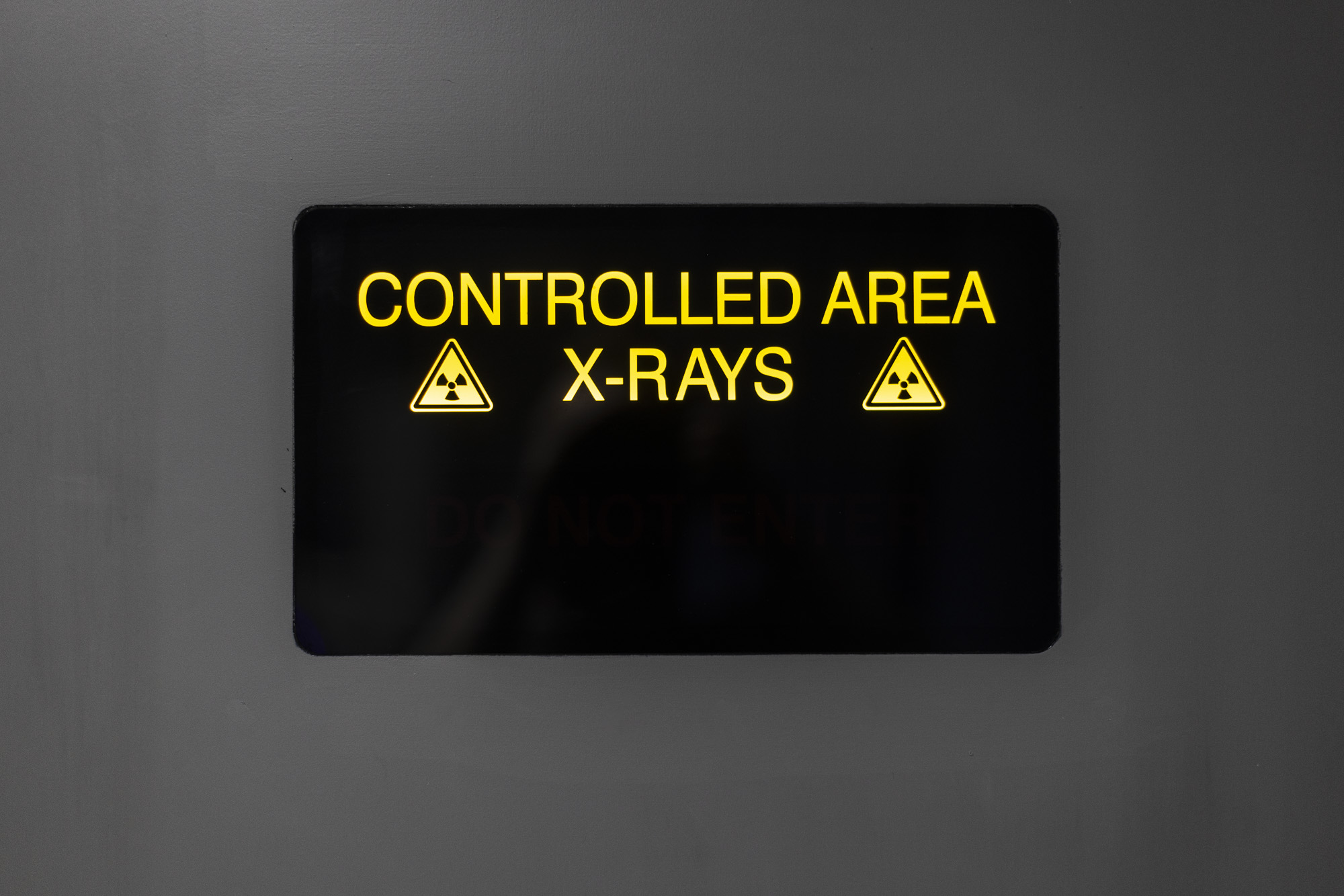Growing Placement Capacity for Radiography

Health Education England South East region has enabled stakeholder engagement across the region to achieve a more comprehensive understanding of the current and projected workforce challenges across the Radiography professions. This piece of work was commissioned to support providers and Universities in mapping out the capacity they have for learner placements.
The Medical Imaging team at AECC University College and Health Education England (HEE) are pleased to announce the launch of a new software tool that aims to identify additional placement capacity for student Radiographers in medical imaging departments across the South East of England.
Developed in-house at AECC University College, the Radiographer Learner Capacity Software allows medical imaging departments across the South East to input the equipment they have on-site, log when it is currently being utilised, and confirm whether there is spare capacity for machines to be used for training.
Identifying New Placement Opportunities
In this way, the software aims to identify where and when placement opportunities might be possible for students. This information can then be matched against university requirements for placements in departments that might not have been considered previously.
This software is now available for medical imaging departments and higher education providers to use regionally. It will allow departments to be able to compare their capacity, and report it consistently for healthcare systems. Allowing a system wide approach for recording, monitoring and addressing capacity to be taken.
Clinical Imaging Lead at AECC UC and Health Education England Allied Health Professional (AHP) Workforce Fellow for Radiography, Matthew Southam, explains:
“For the last 18 months, I’ve been working with Health Education England South East Allied Health Professions team and Cancer and Diagnostic team to look at radiography provision in the South East, focusing in particular on students and student placements.
“We’ve done a lot of work to engage with stakeholders to establish what the barriers are preventing the creation of more placements, and how many learners we need. At the moment, there’s a shortfall of supply to meet the increasing demand for medical imaging and current projections are well below where we need to be.”
Quantifying Additional Capacity
“It became clear from these discussions that it’s really hard to quantify what the capacity of Trusts and departments are for learners because they are all slightly different. They have different ways that they run lists and different numbers of associated learners.
“Within the HEE SE Radiography programme delivery group, we decided to create a placement capacity tool that aimed to standardise the way that we capture that information.
“We can take this one step further and use this information to adapt the placement element of courses to use available capacity, potentially increasing the number of students that we can accommodate for placements.”
Health Education England South East Allied Health Professions workforce lead, Maria Mitchell explains:
“This piece of work is a part of a wider radiography workforce programme, that aims to support the workforce challenges radiography is currently experiencing across the South East Region.
“It is focusing on building and strengthening the leadership and influence, supporting the growth of the workforce and enabling transformation and news way of working. This has been a collaborative approach involving stakeholders across the providers and local Universities.
“The Radiographer Learner capacity software aims to reduce the disparities across the region on how learner placement capacity is calculated and enable a joined-up way of working”.

